Guidelines and development of French pressure pot brewing | Secrets of French pressure pot coffee brewing
Professional coffee knowledge exchange more coffee bean information please follow the coffee workshop (Wechat official account cafe_style)
If you love coffee, you may have heard of French filter pots, this brewing apparatus may have many different names and patents from different regions, but what is the origin and historical development of this apparatus? And how to make coffee?
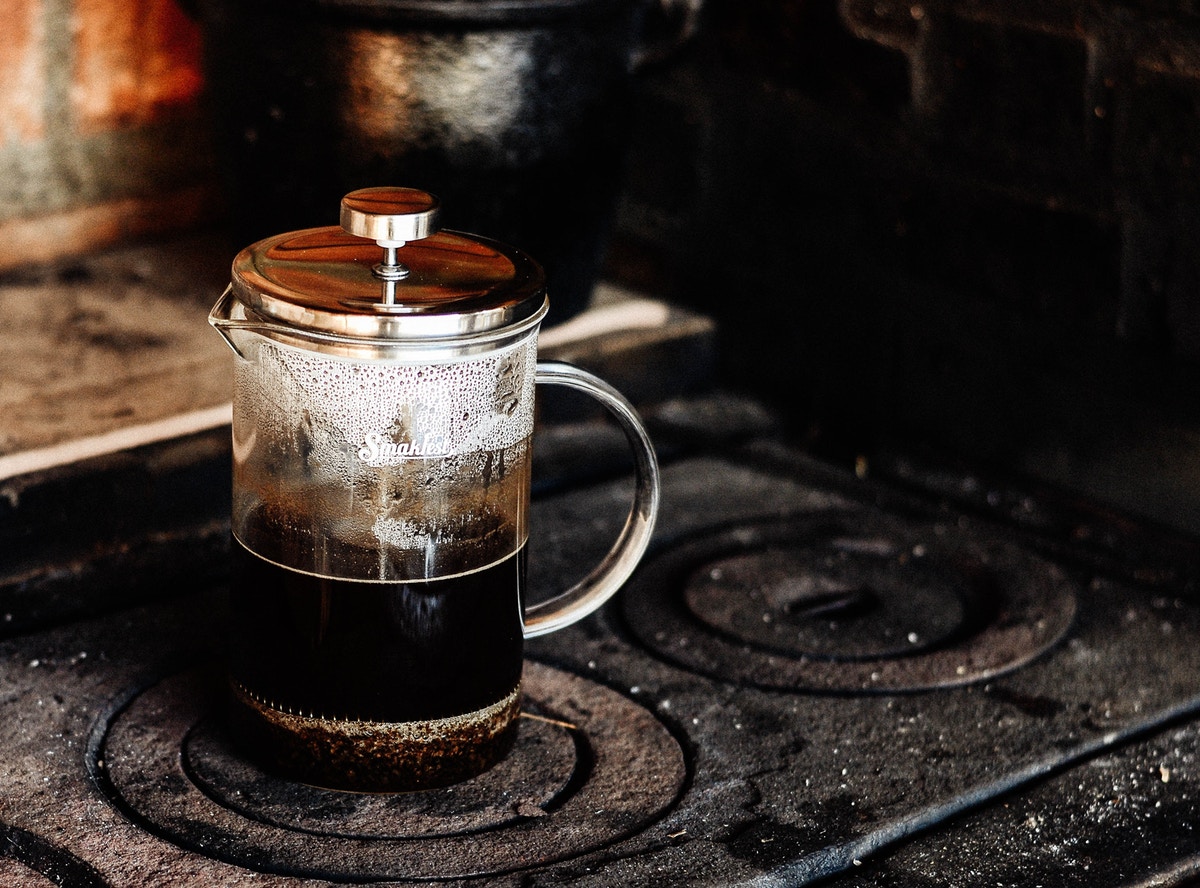
The history of the French kettle
The original cooking utensils in this shape were invented in 1852 by two Frenchmen, Mayer and Delforge. The difference between then and now is the sealed space formed inside the glass, while we know that the French kettle was first patented by the Italian Attilio Calimani and Giulio Moneta in 1929.
There is some controversy about where the most popular designer comes from. Some people say that it was brought to France by Faliero Bondanini in Switzerland in 1958, and a device called Chambord was made locally in France. Because it was promoted in France, Chambord got the name French filter kettle later.
Bondanini later introduced Chambord to the UK market under the name & # 39; LaCafe é re. The famous Danish company Bodum later became a distributor of Chambord in Denmark and eventually bought the name Chambord and the ownership of the factory, and the trademark still belongs to the original owner. But legal disputes have led Bodum and LaCafe é re & # 39; to compete for control of markets outside Europe and for patented designs.
So is he from Italy or France? The author leaves room here for the reader's imagination, but this instrument is still widely known as the French filter kettle.
It can be complicated to take a closer look at this appliance, but it is indeed a very simple instrument that can be used to make coffee, and if used correctly, it can make great coffee.
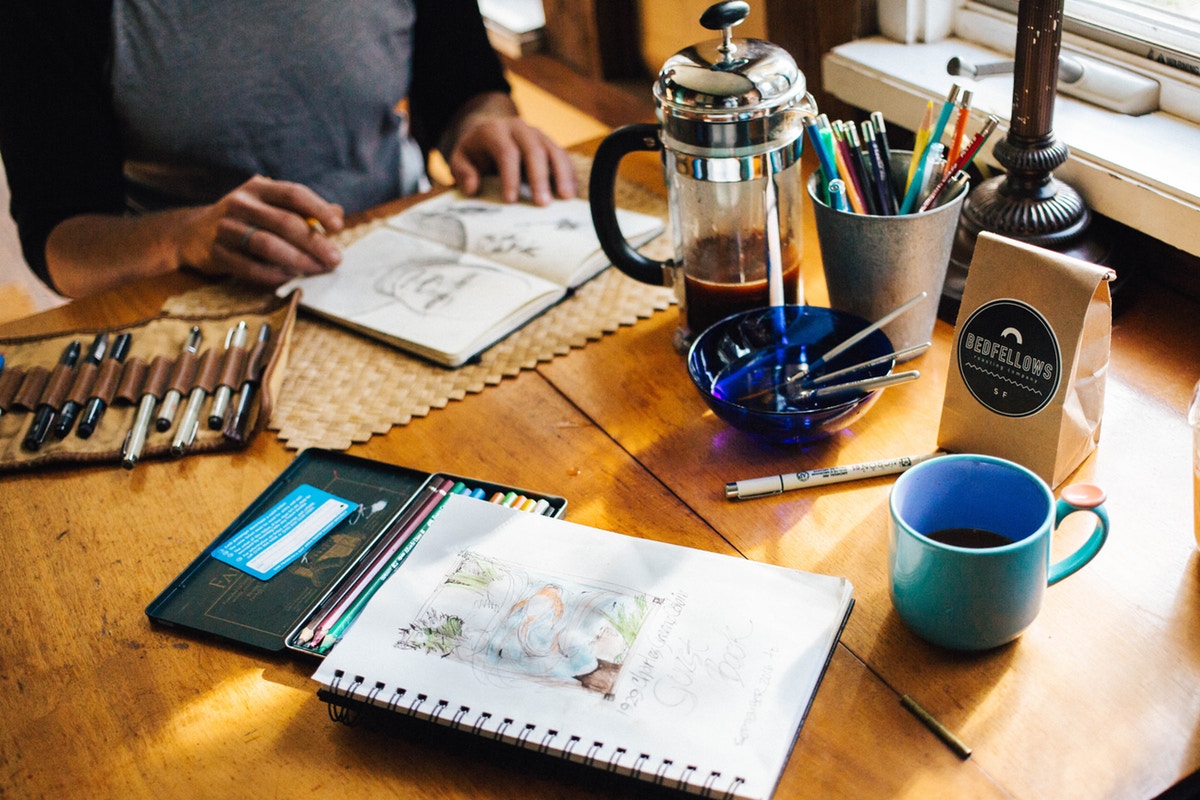
What kind of coffee can be made by pressing the kettle?
The French kettle is a fully immersed cooking apparatus with a metal strainer. This makes the brewed coffee have a characteristic, because the water and coffee powder are directly soaked, so the final coffee oil will be richer, so it has a thicker and fuller taste. For those who don't like the taste of coffee grounds or fine powder, the French kettle may not be for you.
The brewing kettle can control several factors (such as water temperature, grinding thickness and brewing time) and improve the brewing method according to personal preference. Most importantly, if you brew correctly, you can expect to enjoy the aroma and flavor of each kind of coffee you brew.
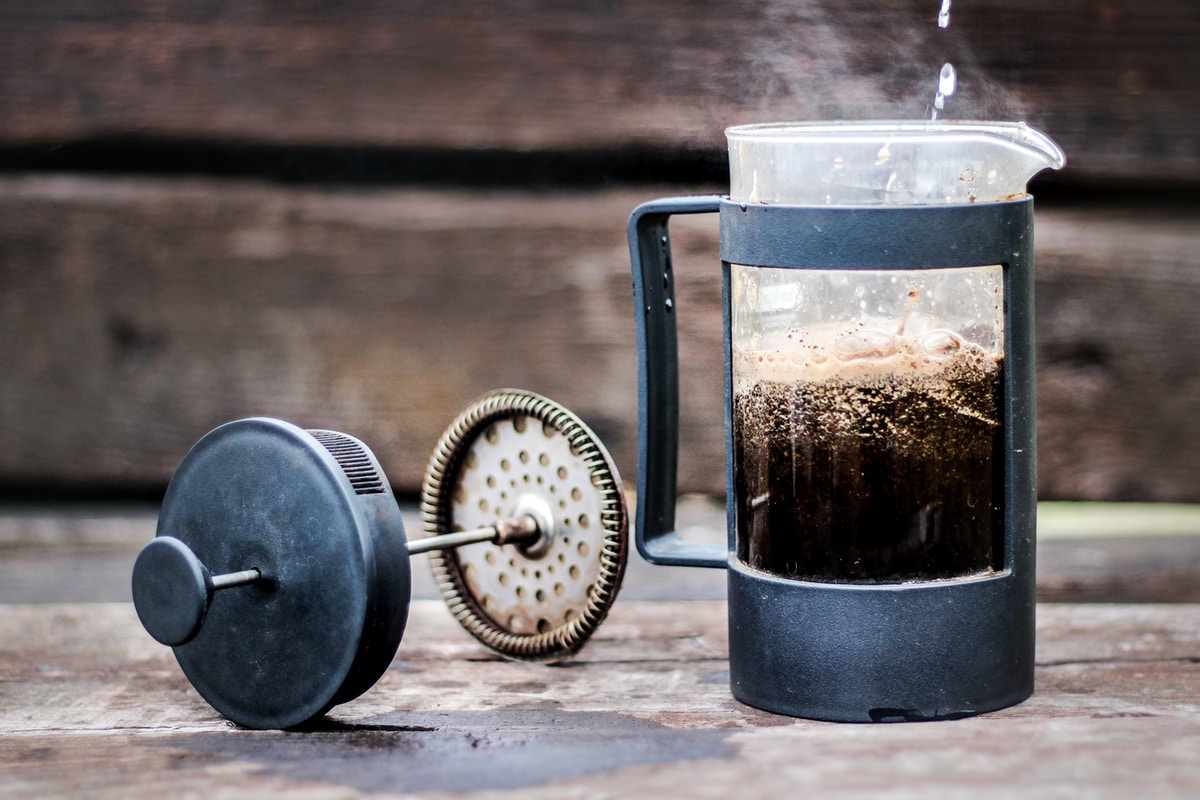
How to use a French kettle to make coffee?
There are some important factors to consider before making coffee
1. Grinding thickness
No matter what kind of grinding thickness is used to grind coffee, use a high-quality flat knife or cone knife grinder instead of a blade grinder, and this brewing method is likely to lead to over-extraction. Then what exactly is the correct thickness?
A thicker grinding scale is recommended here, which is a bit like small gravel rather than fine sand. If the grinding is too fine, it may make the water extract the coffee powder too fast. It may not be a problem for other soaking utensils, but if the kettle is ground too fine, the fine coffee powder may penetrate the metal filter, resulting in a large amount of dregs precipitating in the brewed coffee.
two。 Coffee powder quantity and powder-to-water ratio
The powder-to-water ratio is a simple formula, that is, how much water to how much coffee powder, the common ratio is 1:15 (for example, 15g of coffee powder versus 225g of water). You can start from this ratio, and then increase or decrease the amount of coffee or water from the next brewing according to your preference, until you find out your favorite proportion.
3. Water temperature
Water temperature is another factor in the taste of experimental coffee. If there is no thermometer, the hot water can be boiled and left standing for 45 seconds (adjusted according to the temperature), brewing at a temperature of about 90 degrees. If you want to control the flavor of the brewed coffee, it is recommended to buy a temperature-controlled hand brewer.
4. Brewing time
The brewing time is about 3 to 5 minutes. If you brew deep-roasted coffee, 5 minutes may be too long; if it is shallow roasting, 3 minutes may be too short, so it is recommended to start with 4 minutes.
5. Brewing process
Pour the ground coffee powder into the preheated kettle, then slowly inject the hot water and make sure all the coffee powder is soaked. At first, pre-soak the steamed coffee powder with about twice the amount of water (for example, steaming 15 servings of coffee powder with 30 grams of water).
Stir gently for 30 seconds, pour in the remaining hot water, and put the pressure canister on it, do not press it down at this time, wait for the coffee powder to soak for 4 minutes, press the canister slowly to the bottom, and pour out the coffee liquid carefully to avoid stirring the coffee grounds at the bottom of the pot.
If the pressure cylinder is a little difficult to press down, it means that the coffee powder is too fine; if the coffee powder sinks and the pressure resistance is too small, it means that the grinding is too coarse.
The secret of brewing the French kettle
-pour out the coffee immediately after brewing. If it is not told immediately, the coffee powder will continue to come into contact with the water, resulting in the release of the bitter taste of the coffee. If you do not want to finish it directly, it is recommended to pour it into another container.
-make sure the French kettle is thoroughly cleaned and that even fresh coffee will be spoiled by coffee grounds that are not cleaned on the filter. Most filters should be easy to clean.
-if brewing coffee has been unable to satisfy your taste buds, it is recommended to try all the factors. Brewing coffee should be fun and experimental. Once you pour out your favorite coffee, it will certainly give you more motivation to delve into coffee brewing skills!
Translated from Perfect Daily Grind.
Translated by Cheng Zhen Coffee
END
Important Notice :
前街咖啡 FrontStreet Coffee has moved to new addredd:
FrontStreet Coffee Address: 315,Donghua East Road,GuangZhou
Tel:020 38364473
- Prev
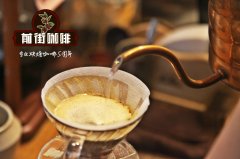
Coffee beginners need to know coffee flower drawing skills, mixed with espresso and steamed milk
Professional coffee knowledge exchange more coffee bean information please follow the coffee workshop (Wechat official account cafe_style) if you like lattes, you probably don't like black coffee much. It's a lot cheaper to make your own latte, and it's not difficult to imagine. This simple latte mixes espresso and steamed milk to create a sipping milk paradise. Espresso can also affect success or failure.
- Next
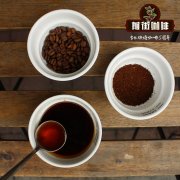
Coffee processing Honey processing Black honey Red honey Yellow honey White honey
Professional coffee knowledge exchange More coffee bean information Please pay attention to coffee workshop (Weixin Official Accounts cafe_style) honey treatment method, called HoneyProcess or Miel Process, called Honey Coffee, Costa Rica (Costa Rica), Panama (Panama) and Guatemala (Guatemala) and other coffee gardens have adopted this method. so-called honey treatment
Related
- What is the meaning of lactic acid fermentation with coffee bean treatment?
- How to judge the state of foam by sound?
- How does the latte pull out the unicorn pattern? Come to get for a little trick to improve the flower pull!
- Will flower pulling affect the taste of the latte?
- Do you know the history of coffee?
- The difference between honey treatment and sun washing what is raisin honey treatment?
- What kind of milk can a novice use to make coffee foam to keep the foam longer? The correct method and skills of milking tutorial sharing
- Why do washed coffee beans taste sour? Flavor characteristics of washed Coffee
- Introduction to the skill of how to practice the size and height of water injection around the circle of hand-brewed coffee
- How do beginners practice coffee flower drawing from scratch?

